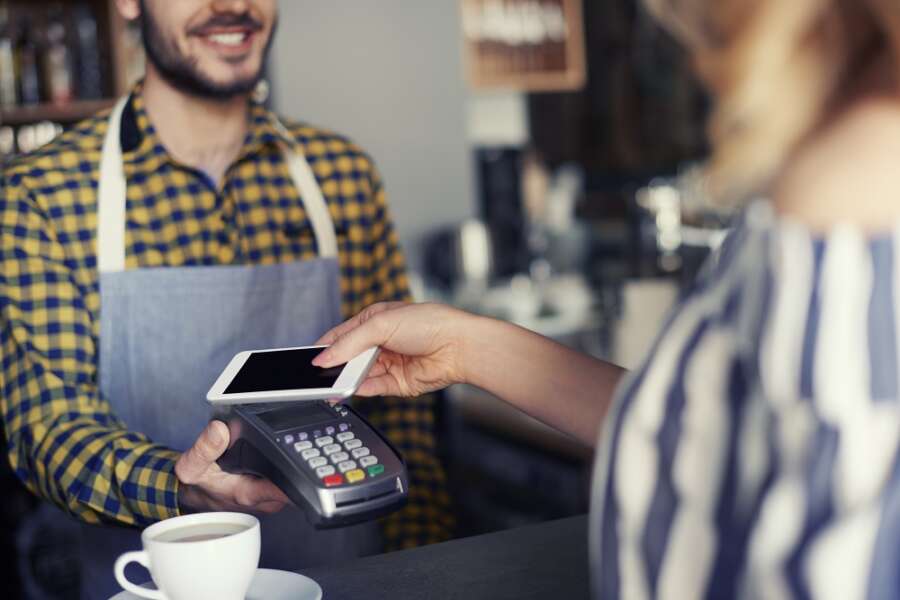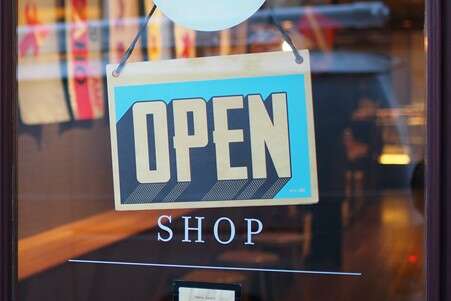
By David Maisey, CEO of MultiPay Global Solutions

Retailers are in a never-ending race when it comes to customer experience (CX). Staying on top of what was a key trend just six months ago can be a disaster today as consumer habits evolve. Thanks to the pandemic as well as the switch to online shopping however and the race has become faster than ever before. Spending 18 months of shopping mostly online has led to consumers becoming used to features like on-hand expert advice and multiple payment methods like buy now pay later (BNPL) as the norm. Due to the pace of this change, retailers have two stark options. Either reengineer stores to match consumer demands or shut up shop.
Highstreet retailers aren’t hanging around either. Already this year we have seen high street stalwarts including Gap and Hema decide to transition away from physical stores. For some retailers like Gap and Hema, ditching their bricks and mortar stores may ultimately be the right move. Going online has many known benefits including reduced operating costs. Nonetheless, for other brands, it’s simply too big a risk. Removing their physical presence may risk them jeopardising their brand value or customer experience. For these retailers, it is crucial to evaluate their physical presence and assess what needs changing to keep pace with the latest customer demands.
Taking the offline to the online
As lockdowns forced the closure of bricks and mortar stores at the height of the pandemic, consumers had to shift to shopping online and quickly became used to the latest features and tools on offer. One of the most used features consumers used when online shopping were product comparison tools that quickly allowed consumers to evaluate products against one another and make more informed purchasing decisions. At the same time too, expert advice became just a click away. Whether it was via a Google search or speaking to an online advisor, customers could quickly get insights and suggestions on the products they should purchase. Now as physical stores reopen, consumers are clamouring for the same retail experience when shopping offline. Such is the demand that these features are no longer ‘nice to haves’ and are instead an expected part of the offline shopping experience. Unfortunately, however, while online can quickly roll out a software update to meet new demands, in-store solutions require bigger changes, that need to be thought about and planned as part of future-proofing programmes.
One way though that bricks and mortar stores can improve their CX without implementing many physical changes is by freeing and empowering staff to spend more time speaking and interacting with customers. Using a blend of technology and training, retailers can help free their staff to spend more time focusing on customers. One of the quickest wins that retailers can take advantage of is by ensuring staff are trained to know and understand the products they sell in greater depth. Ensuring staff are fully up to speed on the products and services not only creates a better customer experience but can also open new ways to upsell other products and features that would also be beneficial to the customer. Through upselling products and services, retailers can recoup the outlay they made on training and greatly improve its ROI too.
Beyond training, businesses can build in-house teams of product experts that can be contacted by in-store staff when extra assistance is needed. For instance, a bike retailer could create a team of cycling experts that are based at a central location and on-call ready to help in-store retail assistants. If a customer arrives with a specific question that is beyond the knowledge of the instore team member, they can then call upon their colleague as an in-house expert to help via a video call on a tablet device. Once their query has been dealt with, they can then be handed back to the in-store assistant who can help them complete their transaction.
Using technology like a tablet device offers another way to improve the CX as payment can be taken with them too, removing the need to queue. However, while most mobile payment devices can process transactions from Visa and Mastercard credit and debit cards, they often are unable to from other less domestically common providers like China Union – increasingly important as shops start to re-welcome global customers in many destinations. Instead, when customers come to pay via these other methods, they are forced to use an alternative terminal which can lead to queuing, and delays, and ultimately a damaging experience.
Thankfully, technology exists that provides a payment API that can handle any form of payment – including China Union – via one reconciliation system, allow tablet devices to take any payment, anywhere. Using these new payment technologies, retailers can create a seamless payment experience regardless of a customer’s preferred payment method. This allows bricks and mortar retailers to offer the payment experiences that customers have become accustomed to online.
Tech and CX
We are already seeing these changes take place too. Recently Sports Direct opened its new flagship store to provide customers with exactly these types of experiences. Beyond offering the latest products for customers to try and buy, the store is kitted out with new technologies for customers to interact with. One device for instance is a new selfie mirror that allows children to see what they would look like in their favourite football kit without needing to try it on. Standing in front of the mirror, they can easily try a product without going through the trouble of visiting a changing room. Using technology in this way, Sports Direct has created a retail experience that combines online features into a bricks and mortar setting.
To succeed in today’s world, retailers that have a physical retail spaced ingrained in their brand identity need to ensure they keep pace with the latest trends and customer demands. After 18 months of shopping, online consumer demands have changes and retailers must react accordingly. Using the latest in-store technologies to free staff and deliver new experiences, bricks and mortar retailers can provide the experiences that customers are demanding, and ensure they quickly return to profit and growth.



